Bradford: The City That’s Rewriting the Rules of Regeneration
Recently, we walked the streets of a city that’s been quietly reimagining its future. Bradford — known for its radical past and industrial muscle — is now emerging as a leading example of how placemaking, when rooted in culture, community and clean growth, can steer a city towards a more meaningful tomorrow.
This wasn’t just another field trip organised by Place Collective UK. It was a glimpse into how a place can grow — not just economically, but emotionally, culturally, and socially. Bradford’s City of Culture status in 2025 isn’t a flash in the pan; it’s the latest chapter in a long-term regeneration story powered by conviction, creativity and resilience.
A Place That Grows on You
From the moment we arrived at the Mirror Pool in City Park, it was clear this wasn’t a place content with surface-level change. We were greeted warmly by our tour guides from Bradford City Council - Jamie Saunders and Dr Saira Ali who led us on a 2-hours whistle stop tour of the key interventions of Bradford's City of Culture programme as well as its wider regeneration story. Their authentic energy and passion was infectious and brought Bradford's story to life.
Here, regeneration has been landscape-led — a deliberate effort to stitch the city’s streets, stories and communities back together through design. Gillespies’ work on the new fountain is just one of many interventions that speak to the council’s consistent backing of placemaking, even through austerity and the cost-of-living crisis.
This isn’t about quick wins. Bradford has been playing the long game.
A Balancing Act of Scale and Soul
What’s striking about Bradford is its ability to balance big ambition with deeply human outcomes. Yes, it’s planning major infrastructure shifts, including a 100-year timeline for a new station, mass transit, and a green hydrogen plant. But at its core is a desire to change how people feel in — and about — the city.
Projects like the Darley Street Market, public realm upgrades, and new cultural venues such as Bradford Live are part of an effort to animate walking routes, ground floors and public spaces. This is place activation done with heart. It’s about pride, visibility, and raising the bar on what Bradford can be — not as a shadow of Leeds, but as a complement to the West Yorkshire region and a unique cultural centre in its own right.
Regeneration as a Human Story
Throughout the day, we heard echoes of a recurring theme: regeneration is nothing if it’s not human. From the Beck River that runs beneath the city to the rewilding of roads into green hearts, this is about more than bricks and budgets. It's about resilience and identity.
Initiatives like Born in Bradford, the Clean Air Zone, and massive investment in clean growth and public health are setting a new benchmark for healthy urban living. Bradford owns its data, and it’s using it to make better decisions — not just for today’s population, but for the city’s next generation.
Lessons for the Rest of Us
Bradford has had its setbacks — from stalled shopping centres to gridlocked roads. But this, too, is part of the learning. It’s a city that doesn’t wait for change; it makes it happen. Through frameworks like SCAPE and partnerships with engineering teams to improve scheme design, they’re showing how to work pragmatically, creatively, and with purpose.
They’re not just designing places — they’re designing the conditions for good places to emerge. Whether it's meanwhile use in theatre spaces, city-wide digital twins, or social media campaigns tapping into communities along Leeds Road, they’re connecting heritage and innovation in a way that many cities talk about but few deliver.
So What Does Bradford Want to Be When It Grows Up?
That question came up more than once — not as a punchline, but as a provocation.
What kind of city dares to think about its future in generational terms? Bradford does. And maybe that’s the secret.
If you're in a role shaping places — as a developer, a local authority, a design team, or a marketing team trying to unlock your place identity — a visit to Bradford is worth your time. It’s proof that placemaking doesn’t need to be polished to be powerful. It just needs purpose, and committed people like Jamie and Saira who won’t take their foot off the gas.





